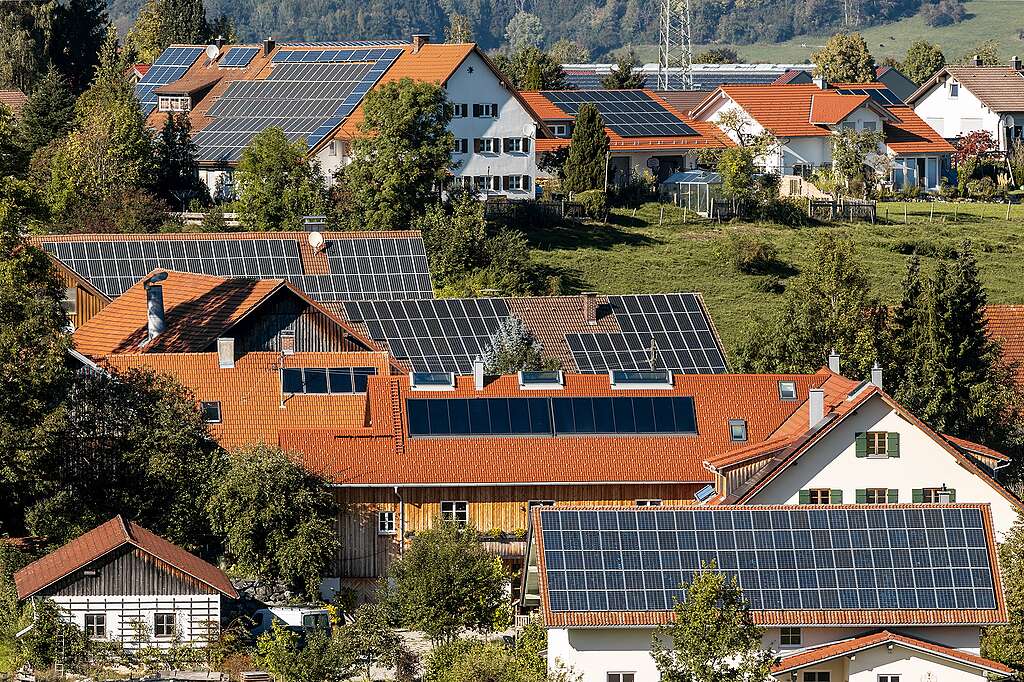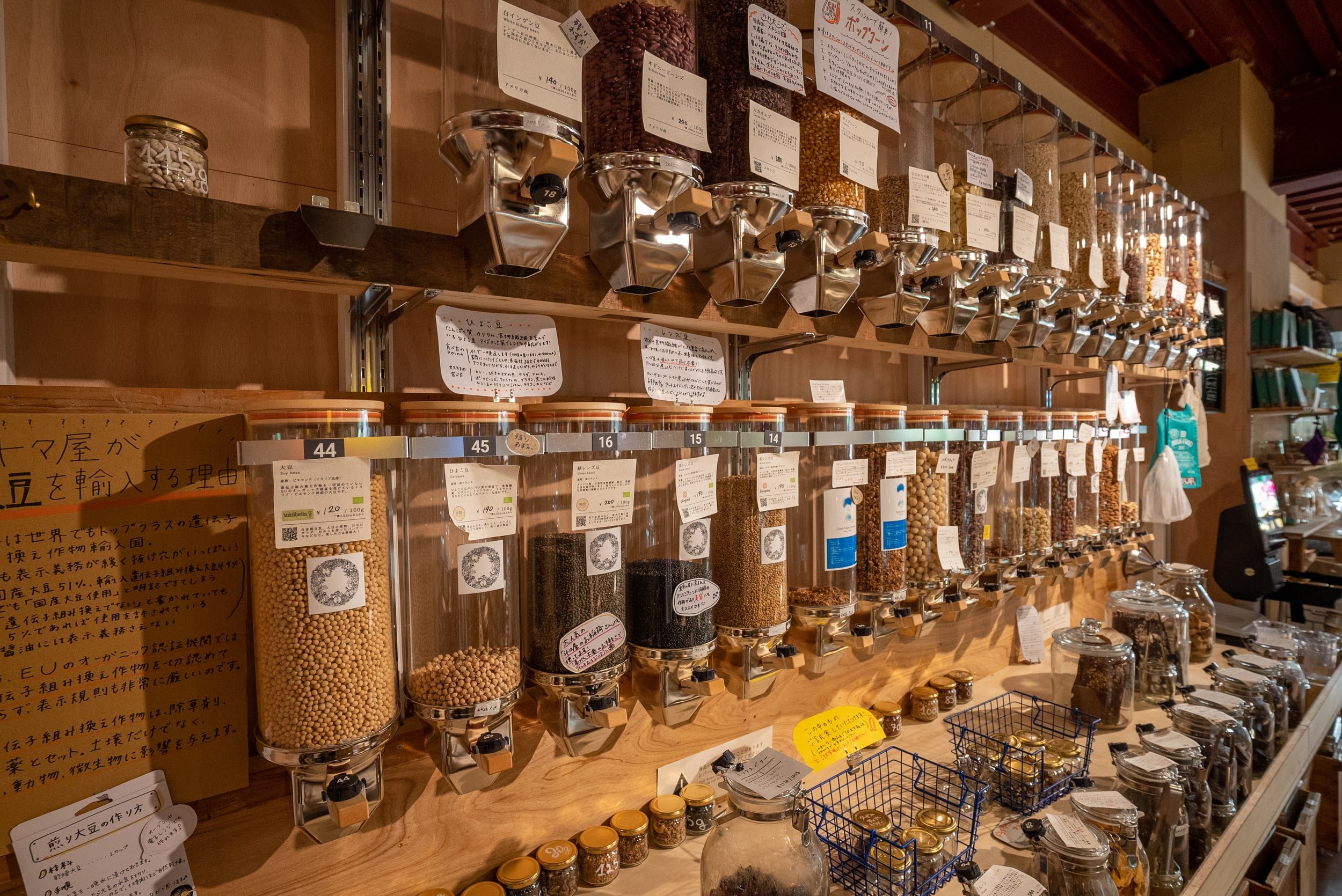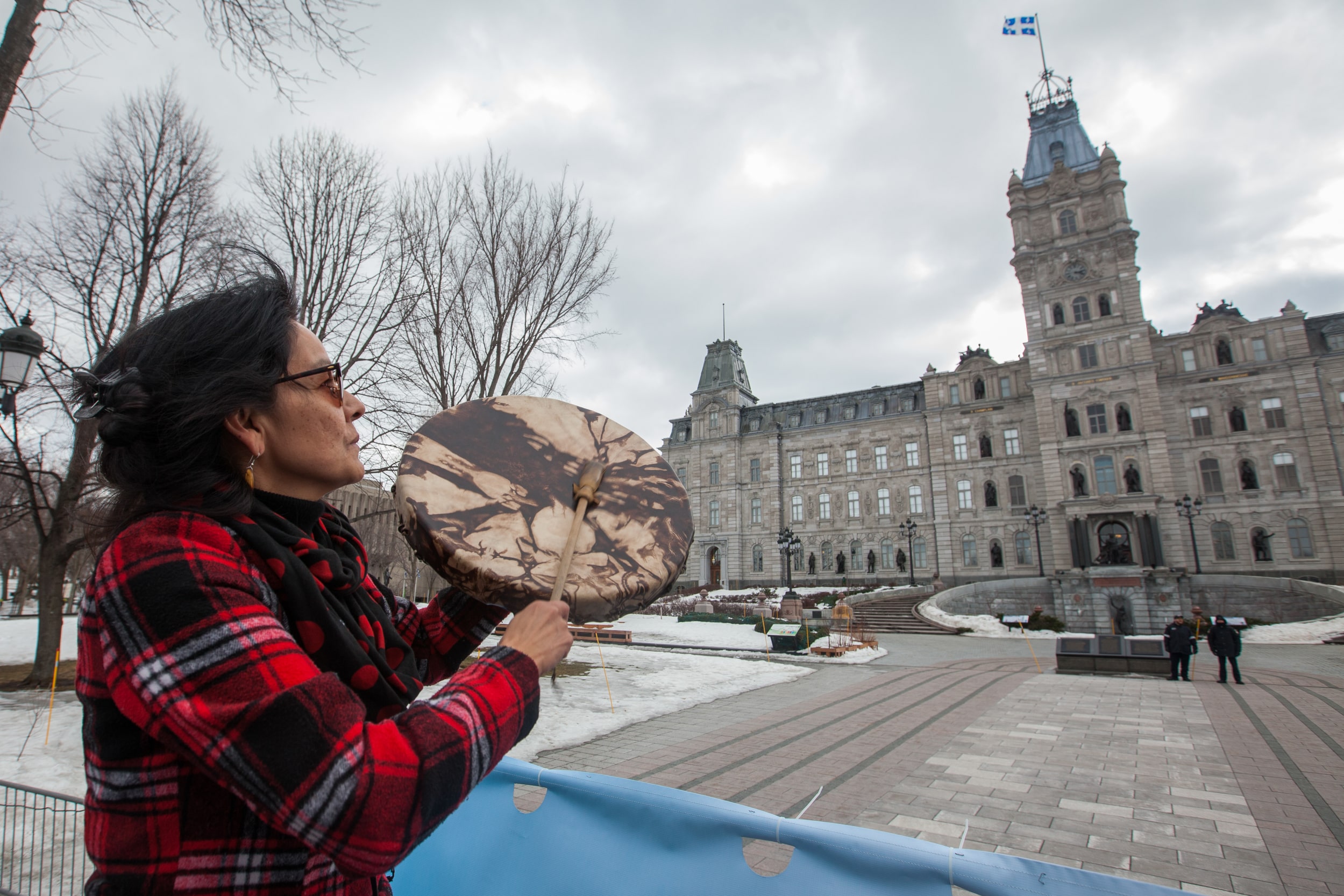A good home makes you feel safe. It gives you a place to rest and recharge. But more than 2.8 billion people do not live in homes that meet their basic needs.
Their homes may not have important things like safe drinking water or energy for cooking, heating, lighting, and electricity. Their homes may not give them physical safety or protect them against the cold, damp, heat, rain, or wind. Or their homes may be in polluted or dangerous areas.
People without proper housing are more affected by climate disasters like floods, wildfires, and major storms. And that’s just not fair. Why? Because they often live in countries or communities that have done the least to cause climate change.
Climate change makes the housing crisis worse. And the way we build and use homes makes climate change worse. We can’t fix one problem without fixing the other.
Climate change makes the housing crisis worse
Climate change is causing our weather to get wilder. We’re seeing more heatwaves, floods, intense storms, and wildfires. All this extreme weather is damaging or even destroying more and more homes.
A massive wildfire called “The Beast” swept through Fort McMurray, Alberta, in 2016. It destroyed over 2,400 buildings and forced 88,000 residents to evacuate their homes. Hurricane Harvey damaged more than 300,000 homes in Texas in 2017. Monsoon rains in Pakistan caused the most severe flooding in the country’s history in 2022. They left one third of the country under water and damaged two million homes.
And as climate change causes sea levels to rise, water is slowly covering land where people live. By 2050, the homes of 1 billion people who now live near coasts and on small islands will be at risk.

It’s not equal
Climate change doesn’t affect people or their rights to good housing equally. It impacts some communities more than others, like low-income countries and communities, Black, Indigenous, and people of color (BIPOC), women, 2SLGBTQIA+, and people with disabilities.
These communities more often live in areas that are vulnerable to floods, hurricanes and cyclones, storms, mudslides, earthquakes, and tsunamis. They may find it harder to reach a safe place when a climate emergency happens. And they may be in housing that is less resilient to the impacts of climate change, like not having air conditioning during a heatwave.
It’s also hard to stay cool and safe during a heatwave without green spaces nearby. Parks and trees help cool cities down, but low-income communities often have fewer trees and less shade.
Everyone deserves to live in a neighbourhood where their housing and surroundings help keep them safe as the planet gets hotter.
Many Indigenous communities in Canada are very remote, including those of the Dene Nation in the Northwest Territories. They have a higher risk of losing their homes and communities from climate impacts. Almost 70% of the people in the Northwest Territories were evacuated from their homes because of wildfires in the summer of 2023.
Building better homes
We need to start building more homes that can protect people from the worst impacts of climate change, for instance, by not building them on flood plains. We also need homes that don’t depend on fossil fuels for energy so that we don’t make climate change worse.
We use fossil fuels to heat our homes and make the electricity that powers our lights and appliances. The energy used to build and power all our buildings creates about 37% of the world’s carbon dioxide pollution.
As we make the shift to housing that’s more climate friendly, we can’t leave anyone behind.
A fair transition

We can change older buildings to make them use energy more efficiently. This is called retrofitting. People might install solar panels on a home or replace gas-powered appliances with electric ones.
Retrofitting homes can bring down the cost of powering them and maintaining them over time. It can also make them more resilient to the impacts of climate change, for instance, with better insulation or cooling methods.
But people with lower incomes may not be able to retrofit their homes, even though they would benefit the most.
Governments must help
It’s a big job ahead, too big to let individuals and businesses sort it out. Governments need to take a leadership role in creating enough homes for everyone. These homes must be strong enough to last as the climate changes while not making climate change worse.
Some governments, like Canada’s, need to take responsibility for more than just housing in their own countries. Countries in the global North have created more greenhouse gas pollution than countries in the global South. But it’s the countries in the South that will suffer more from climate change.
The good news? Solutions to the housing crisis and climate crisis exist. And the best way to find solutions that work for everyone is to involve the people most impacted by climate change. Their perspectives, knowledge, and lived experience are the keys to healing the planet and housing all its people.



